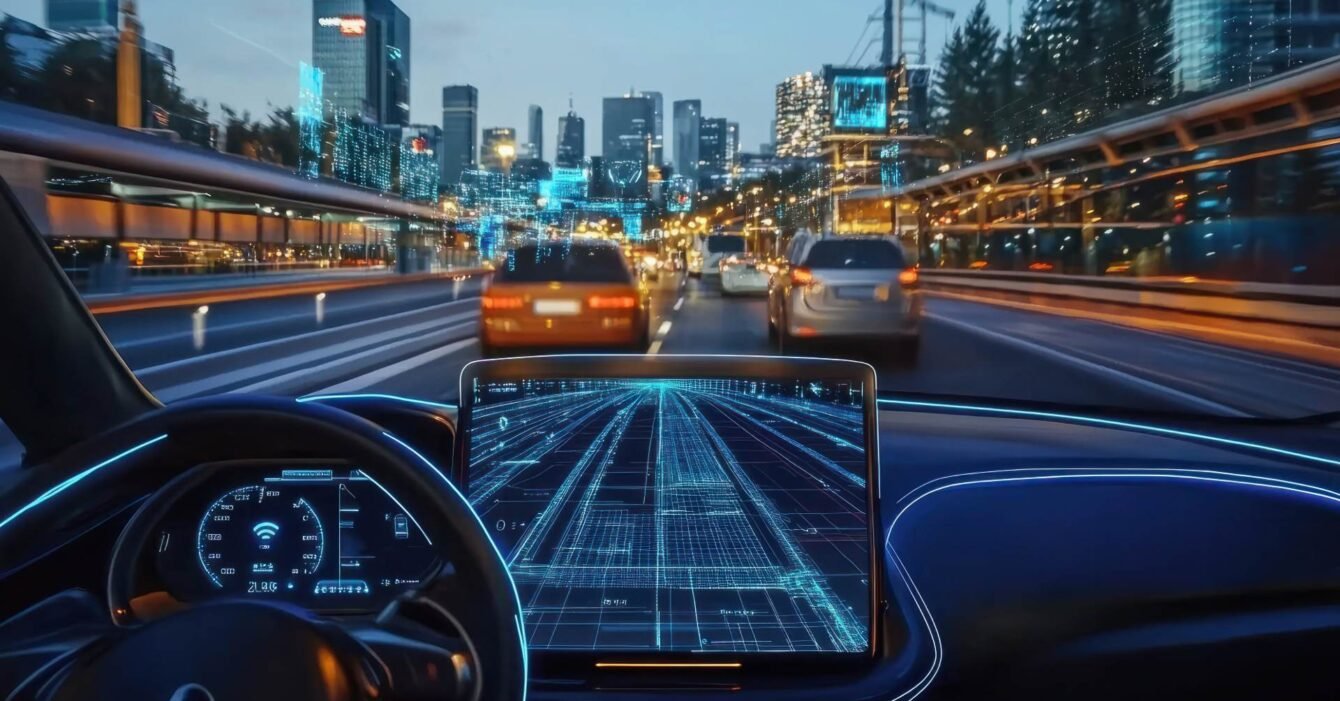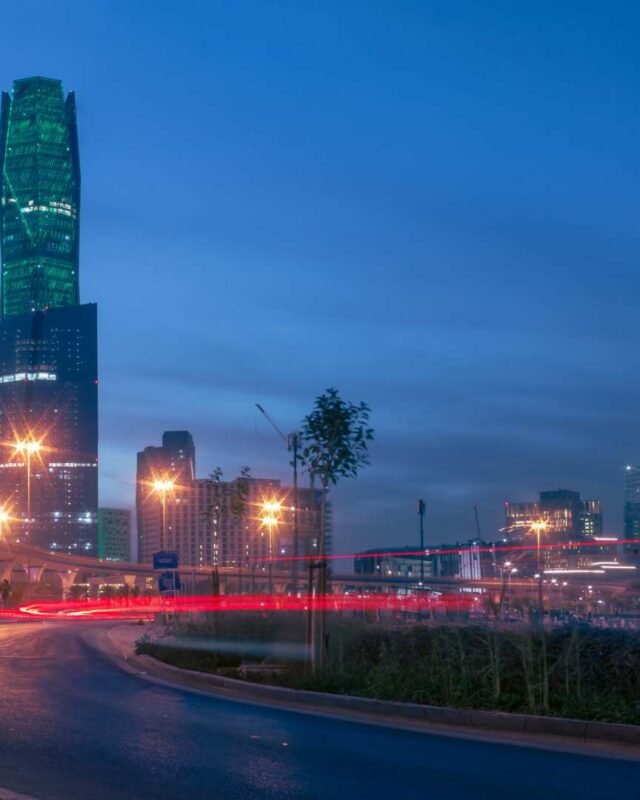AI-Powered Traffic Control Transforming Roads in Saudi Arabia
Traffic. It’s a word that can instantly bring frustration to mind, especially for those navigating busy roads in bustling cities like Riyadh or Jeddah. But what if technology could not only ease traffic congestion but also make roads safer and journeys smoother?
This is becoming a reality in Saudi Arabia, where AI-powered traffic control is revolutionizing transportation. From optimizing traffic signals to reducing accidents, AI is reshaping how we manage the movement of people and vehicles. It’s not just about improving commutes—it’s about creating a safer, more efficient transportation ecosystem for everyone.
The Growing Market for AI in Traffic Management
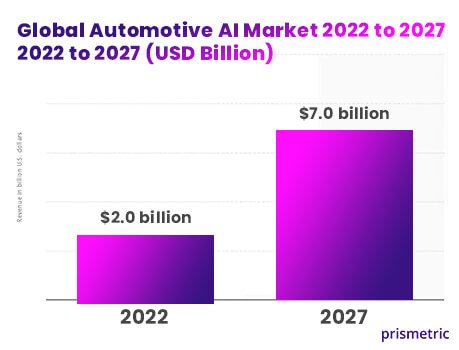
The adoption of AI technologies in the automotive and transportation sectors is surging. Globally, the market for AI-driven solutions in this space was valued at $2.3 billion in 2022 and is projected to grow to $7.0 billion by 2027, reflecting an impressive annual growth rate of 24.1%. This rapid expansion highlights the increasing reliance on AI to address modern traffic challenges.
For Saudi Arabia, this growth mirrors the nation’s commitment to integrating smart technologies into its infrastructure. As AI-powered traffic control systems gain traction, they not only improve road safety and efficiency but also contribute to the Kingdom’s vision of establishing world-class smart cities.
Also Read: Saudi Cities Go Smart: AI-Driven Traffic Management
How AI Improves Traffic Management
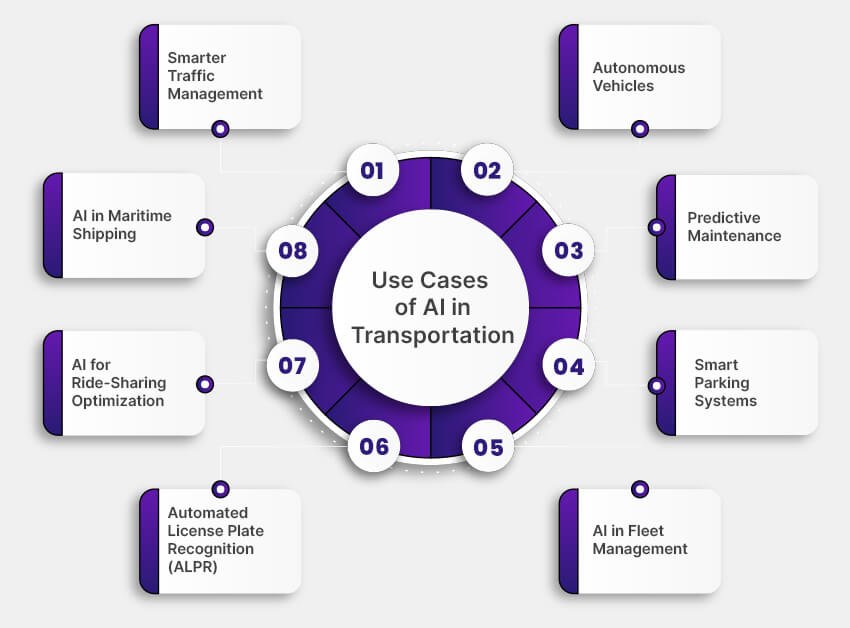
At the heart of AI-powered traffic control is data—tons of it. AI systems analyze real-time information from sensors, cameras, and even GPS data to understand traffic patterns and anticipate problems before they occur.
For example, imagine an AI system monitoring a major intersection in Riyadh. As traffic begins to back up during rush hour, the system adjusts the timing of traffic signals to ease the flow of cars, reducing delays and minimizing frustration for drivers. This kind of dynamic management isn’t just convenient; it’s transformative.
Globally, AI systems have been shown to reduce congestion by up to 25%. For Saudi cities, where rapid urbanization has put increasing pressure on infrastructure, such improvements could significantly ease daily commutes and cut emissions by reducing idling vehicles.
Enhancing Road Safety with AI
Safety is another key area where AI-powered traffic control is making a difference. Traditional traffic management systems are often reactive—responding to incidents after they happen. AI flips the script, offering a proactive approach that can prevent accidents before they occur.
- Real-Time Monitoring: AI systems constantly analyze live traffic data, identifying risky behaviors like sudden stops, speeding, or erratic lane changes. Authorities can respond in real time, preventing potential collisions.
- Adaptive Traffic Signals: Smart traffic lights powered by AI can adjust to changing traffic conditions, reducing the risk of accidents at busy intersections.
- Predictive Insights: AI systems analyze historical data to pinpoint high-risk locations and times. For instance, if a particular highway sees frequent accidents during foggy weather, authorities can deploy additional warnings or enforce speed limits when similar conditions arise.
AI’s Potential for Managing Large-Scale Events in Saudi Arabia
Managing traffic during Hajj—one of the world’s largest annual gatherings—is a monumental challenge. With over 1.8 million pilgrims converging in Makkah, traffic control systems face immense pressure to ensure smooth movement. Leveraging AI-powered systems for such an event could offer transformative results.
By analyzing real-time traffic patterns and dynamically adjusting routes, AI has the potential to significantly ease congestion and minimize delays. If implemented, these systems could demonstrate their capability to manage not only daily urban traffic but also large-scale, high-pressure scenarios, paving the way for smarter event logistics in Saudi Arabia.
The Future of AI-Powered Traffic Control in Saudi Arabia
Looking ahead, the potential for AI in traffic management is vast. As more cities across the Kingdom adopt smart technologies, we can expect:
- Smarter Public Transit: AI can help optimize bus routes and schedules, making public transport more reliable and convenient.
- Autonomous Traffic Monitoring: With AI cameras and sensors, authorities can monitor and manage traffic without the need for constant human oversight.
- Integrated Mobility Solutions: AI could connect traffic systems with other urban technologies, such as smart parking or electric vehicle charging stations, creating a seamless transportation experience.
The journey is just beginning, but the road ahead is clear: AI-powered traffic control is set to redefine how we move, making travel safer, faster, and smarter.
Conclusion
AI-powered traffic control is more than just a tech upgrade—it’s a game-changer for Saudi Arabia’s roads. By reducing congestion by up to 25% and preventing accidents through real-time monitoring, AI is creating a transportation system that works for everyone.
As Saudi Arabia continues to invest in innovative solutions under Vision 2030, the impact of AI on traffic management will only grow. For commuters, this means less time stuck in traffic and more time enjoying life. For cities, it means cleaner air, safer roads, and a brighter future.
